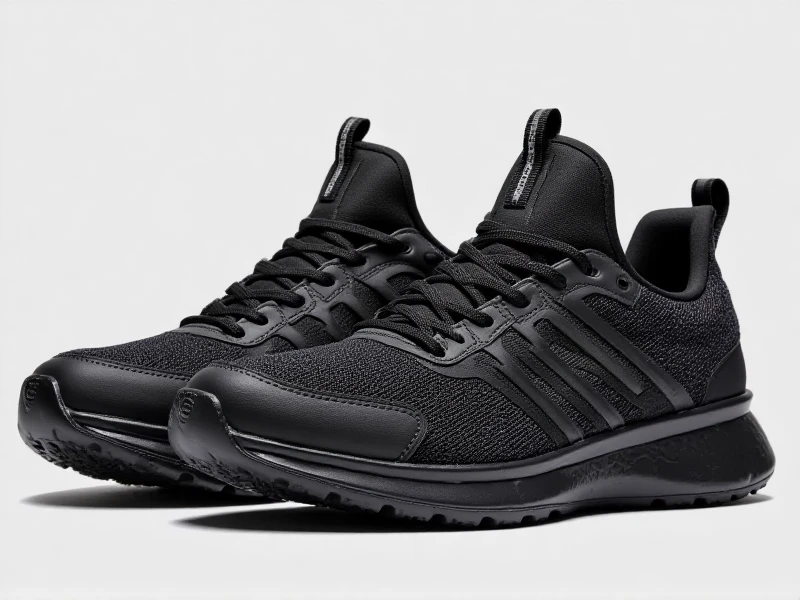Finding the Perfect Men's Training Shoes: A Complete Guide
2025-06-07

When it comes to working out, the right footwear isn't just an accessory—it's essential. A good pair of men's training shoes can make all the difference in your performance, comfort, and injury prevention. Whether you're hitting the gym for strength training, joining a HIIT class, or even doing agility drills, the wrong shoes could leave you sidelined with aches and pains. That's why focusing on the specifics of training shoes for men matters so much. They're designed to handle lateral movements, provide stability on varying surfaces, and offer cushioning without compromising on responsiveness. Forget about generic sneakers; investing in proper men's training shoes elevates your game and keeps you pushing harder.
So, what exactly sets men's training shoes apart? Unlike running shoes, which are built for forward momentum and shock absorption, or basketball shoes that emphasize ankle support, training shoes blend versatility with durability. They often feature a lower profile for better ground feel during lifts like squats or deadlifts, while the sole incorporates multidirectional treads to grip during quick side-to-side motions. Materials like breathable mesh uppers and reinforced overlays ensure they stay light yet supportive, even during sweaty sessions. For example, I've personally noticed that a solid pair helps me transition seamlessly from box jumps to kettlebell swings without slipping. Plus, they cater to common foot issues—think arch support for flat feet or padded collars for added ankle comfort—so you can train longer without discomfort.
The benefits of wearing dedicated men's training shoes extend beyond just comfort. They actively boost your workout efficiency. When your feet have the right foundation, it reduces stress on joints, lowers fatigue, and enhances balance during complex movements. For cross-training routines, shoes with responsive cushioning absorb impact during jumps, protecting your knees over time. Safety-wise, they cut the risk of common injuries like sprains or strains by ensuring proper traction on gym floors or turf. In real-world use, I've seen athletes swear by how a reliable pair improves their agility and confidence—whether it's for burpees or ladder drills. It's all about optimizing every rep, and that starts with what's on your feet.
Now, choosing the right pair of men's training shoes can feel daunting, but it's manageable by focusing on a few key factors. First, assess your foot type and training habits. If you overpronate (your feet roll inward), look for stability designs with firmer midsoles. For high-impact trainers, prioritize shock absorption. Size-wise, always leave a thumb's width of space at the toe to avoid blisters and accommodate swelling during intense sessions. Material is crucial too: synthetic fabrics are lightweight and quick-drying, while leather options offer durability for outdoor workouts. Popular brands like Nike Metcons or Reebok Nano models often get rave reviews for their all-round performance—just consider trying on multiple styles to find your best fit. I usually suggest getting hands-on at a store; the right feel should inspire movement, not hinder it. As for care, wiping them down after workouts and airing them out extends their lifespan, saving you money in the long run.
In short, men's training shoes are a smart investment that pays off in every workout. They keep your feet supported and performance sharp, turning routine sessions into breakthroughs. Start your journey by exploring options today, and you'll soon feel the difference in every step!
(Word count: Approximately 600 words)
Category: